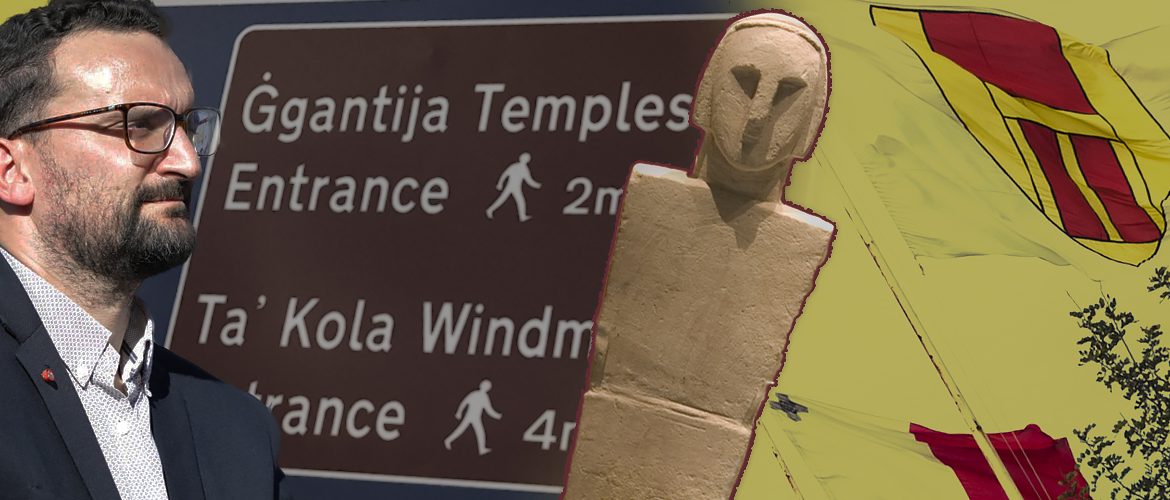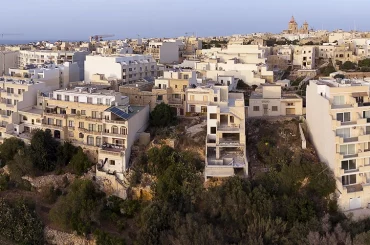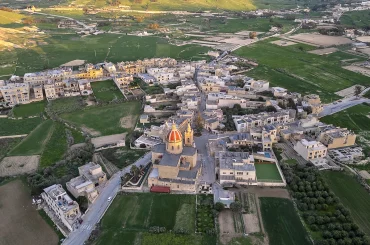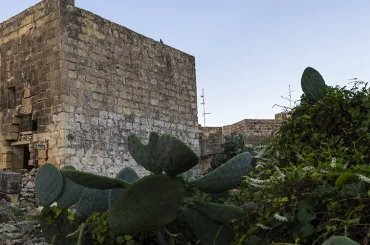Seven weeks ago Astrid Vella and I wrote to the Xaghra Local Council to request that they take a position on developments within the buffer zone of Ggantija Temples similar to the position taken by the Kamra tal-Periti (Chamber of Architects) as well as four environmental NGOs. The endeavour of these positions is to protect existing streetscapes in the Neolithic temples’ buffer zone, which forms part of the setting of the temples.
Vella, who leads the environmental NGO Flimkien Ghal Ambjent Ahjar, and I wrote to the council in our capacity as residents within the buffer zone of the temples. We marked our email as ‘urgent’ – the urgency lies in the fact that there are currently five pending applications for blocks of flats in the buffer zone. One of them is on the agenda of the Planning Board the day after tomorrow.
Approval would set a precedent in the neighbourhood that currently consists of two-storey townhouses. At stake is the cultural skyline – Xaghra has a quintessential skyline with the temples, the windmill and the town church – as well as the only enclave of Xaghra that survives as a neighbourhood of two-storey townhouses. The enclave forms part of the how the temples and windmill are experienced, and a tourist attraction in its own right.
The council invited us to explain more the effect of this position at a meeting scheduled for 21 April. But the meeting was called off due to the lack of quorum, and no new date for another meeting set. Meanwhile, the Planning Board may take a decision on one of the applications the day after tomorrow.
The council has now lost its mayor, Christian Zammit, who resigned last Thursday. In a post on Facebook he blamed the political system for his departure, particularly clientelism and “omerta” and development being “out of control”. He also said he felt “isolated and powerless.”
The proposal in front of the council?
To support a letter sent by four NGOs – Din L-Art Helwa, Wirt Ghawdex, Flimkien Ghal Ambjent Ahjar and Ghawdix – to the Planning Authority requesting that a planning restriction is placed on developments within the buffer zone of Ggantija Temples.
The NGOs called for two levels of restrictions. First, to only allow three storeys in the area that was built as Home Ownership Scheme (HOS) in 1970s and 1980s – at the time the government granted land via emphyteusis to new families to build their houses on – at present the entire area consists of two-storey townhouses. This would not be the first time the Planning Authority imposed such restrictions in HOS area: in 2012 it placed such restriction in Mgarr near Ta Skorba neolithic temple, and that restriction has withstood a legal challenge (the Court of Appeal upheld the legality of the restriction in a case decided on 20 January 2021, Appeal No 16/2020).
Second, in the rest of the buffer zone the NGOs called on the Planning Authority to adopt the same position of the Chamber of Architects. The Chamber’s directive stipulates that architects “must ensure that the height, bulk, and massing of the development are in proportion to the surrounding environment and do not negatively impact the visual, physical, or environmental integrity of the site and the surrounding landscape.”

The Planning Authority has not replied to the NGOs letter, and the day after tomorrow one of the proposed developments is on the agenda of the Planning Board. The recommendation is for approval.





